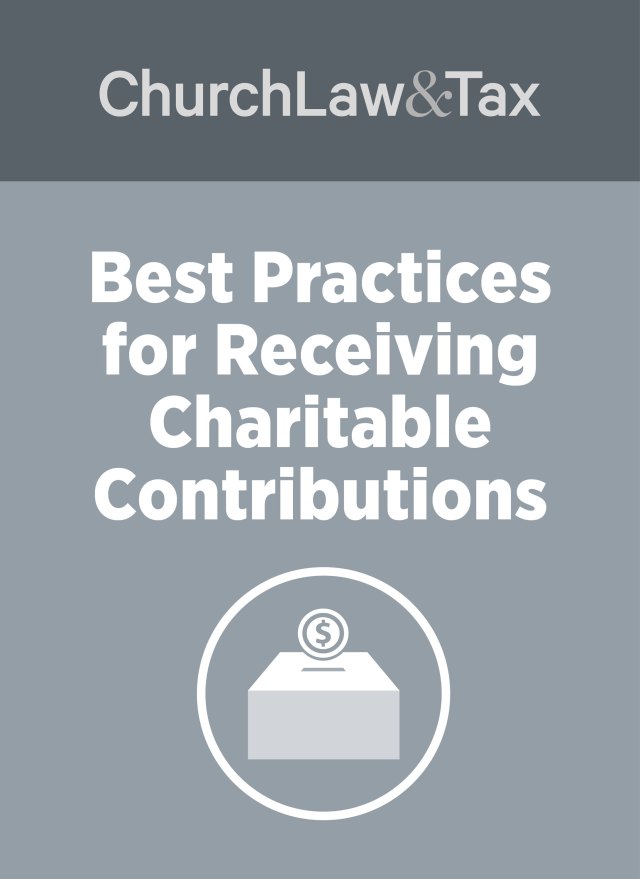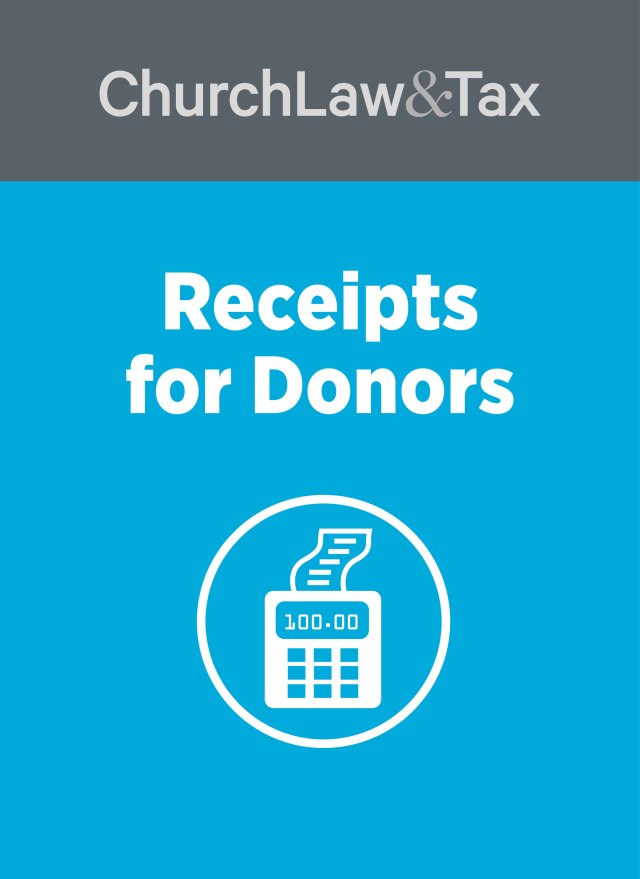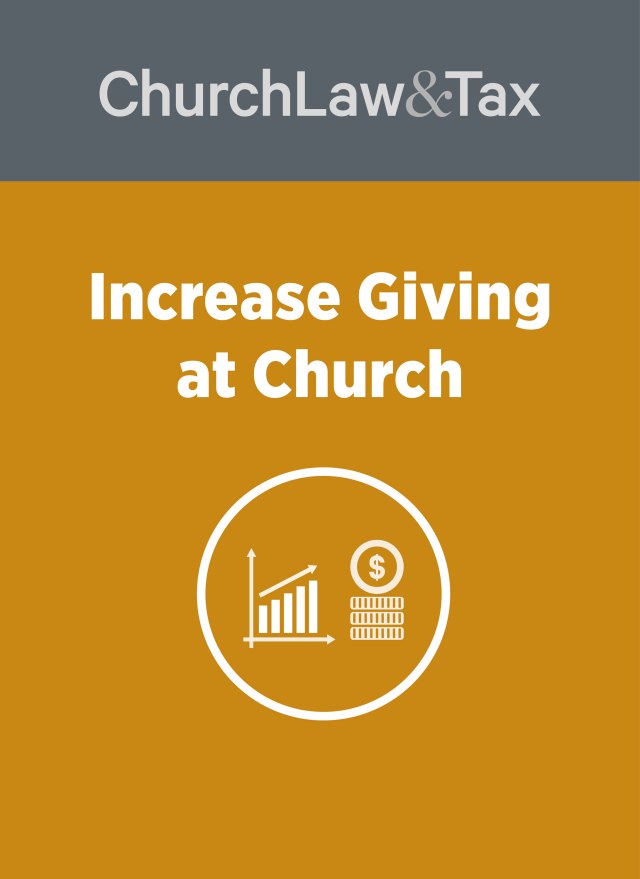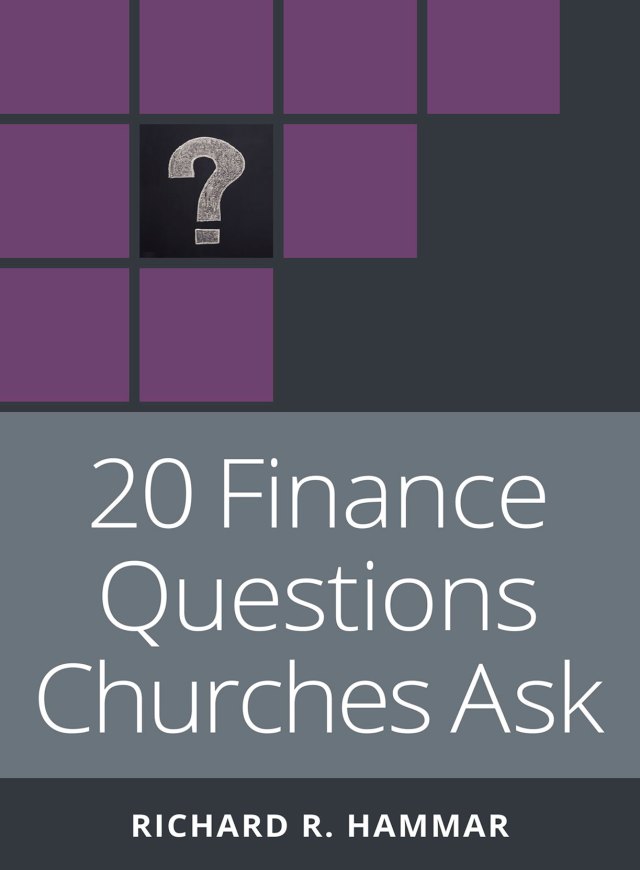The local church is the centerpiece of many people’s lives. We marry at our church; children are baptized, and loved ones are buried here. For many, the church also serves as the hub for their social lives, the place they gather with friends to learn and grow in their faith and enjoy each other’s fellowship.
People whose lives are intertwined with their church to this extent are typically faithful financial supporters too, tithing from their income during the years they are working. But what happens when retirement age hits and these same people begin planning for the transfer of wealth upon their death? Children’s inheritances are determined and spouses’ surviving benefits are established. Too often though, the church—the one institution that has played a pivotal role in the family’s life—is overlooked in the planned giving process.
Several years ago researchers at Boston College estimated that $41 trillion will transfer through postmortem giving in the next 50 years, with $6 trillion of these assets being assigned to charities. In 2007 the Christian Science Monitor reported that only 24 percent of adult Americans expected to receive any inheritance. A 2004 AARP survey found that the median amount received by heirs was $64,000. Regardless of the size of the bequest, churches would do well to educate, equip, and inspire their members to include the church in their wealth transfer plans. This may include wills and bequests, life insurance gifts, charitable gift annuities, revocable living trusts, and more.
How can you encourage adult members to include the church in their wills? This is a delicate subject, to be sure, but it’s one worth addressing. In this article, I will touch on three aspects of planned giving: what the Bible says about giving for the future; what congregants need to know to make an informed decision; and practical ways you can present opportunities to your members to pay it forward.
Leadership
Passing wealth from one family generation to the next is the biblical norm. Proverbs 13:22 says, “A good man leaves an inheritance for his children’s children.” There are, however, significant exceptions where inheritances are left for land and buildings needed for corporate worship. For instance, God gave the land of Canaan to Israel as an inheritance. There are at least two clear biblical examples of inheritances being left for sacred use instead of being passed down through families. In Ezekiel 45:1-3, God commands that a large section of land be allotted from their inheritance as a “sacred district”—a place for the sanctuary and land for the priests’ houses. Additionally, 2 Chronicles 5:1 says, “When all the work Solomon had done for the temple was finished, he brought in the things his father David had dedicated—the silver and gold and all the furnishings—and he placed them in the treasury of God’s temple.”
Establishing biblical examples of planned giving will help to cast a vision to your congregation for how they can steward all the material resources in their life for their family and church.
Education
Planned giving can be a complex and daunting topic for pastors and church leaders who don’t have training in this area. Plus, many churches bristle at the idea of suggesting that their members write the church into their wills. Such a conversation would seem awkward at best, and might even run the risk of offending valued church members. For these reasons, many churches shy away from the topic all together. In doing so, however, they are foregoing potential ministry resources for the future—resources they might have been able to tap into if they had simply asked their members to consider giving. Here are four suggestions to help you educate your congregation on the opportunity for including your church in their planned giving:
1. Create a brochure introducing the topic of planned giving without attempting to steer the outcome. Many colleges and charitable organizations have excellent examples on their websites. Moody Bible Institute (moody.edu) and Mike Silva International (mike-silva.org) both have useful guides. Your brochure should encourage members to consider their personal plans in the following ways.
Ask questions about their plan:
- Does it reflect what is important to them?
- Does it provide appropriately for their families?
- Does it include their favorite charities?
- Plant a seed.
- “Remember the Lord your God, for it is he who gives you the power to get wealth.” (Deuteronomy 8:18)
- Remember that people are more important than possessions.
- Cast a biblical vision.
- Abraham gave one-tenth to Melchizedek. (Genesis 14:20)
- David supplied resources for those who would come after him and build the temple. (1 Chronicles 29:3)
- Barnabas sold a field and gave the proceeds to the church. (Acts 4:36)
- The Macedonians pleaded with Paul to accept their offering. (2 Corinthians 8:4)
- 2. Offer workshops to interested members. You can find qualified leaders through Christian colleges, your local Christian Legal Society, and various charitable organizations. While promoting an upcoming workshop one pastor sent a letter of invitation to every member age 60 and over. That church offered a one-hour free workshop by Financial Planning Ministries (fpm.org). Eighteen people attended and $150,000 of future gifts to the church were later included in wills or trusts.
- 3. Promote planned giving from the pulpit. Nothing builds the credibility of a program or idea like the senior pastor’s endorsement. He or she should encourage members to consider the role of the church in their final plans. Have the senior pastor include planned giving during a stewardship sermon series.
- 4. Celebrate those who remember the church. When you receive a bequest be sure to mention it in your written materials and from the platform. Do not focus on the amount but on the idea of planned giving as a normal part of stewardship.
- Opportunities
- Here are some basic opportunities for postmortem giving to the church your members can consider:
- 1. Owners of an IRA, 401(k) or 403(b) plan can name the church as a full or partial beneficiary. This process is both free and easy. You simply file a Change in Beneficiary form with the custodian of your retirement account. This is also excellent tax planning because individual recipients of distributions must include what they receive as taxable income. Since the church is tax-exempt they can receive distributions and pay no income tax.
- 2. Owners of life insurance policies can also make a change of beneficiary to direct the death benefits to the church. This strategy is not tax efficient because life insurance proceeds generally are not taxable income to individual recipients. However, this can still be effective when the family does not need the insurance proceeds.
- 3. Drafting a will is important for families because it helps remove any questions about what loved ones want upon their death. Individuals can name the church as the recipient of a specific asset, set dollar amount, or as a percentage of the residuary estate after all debts and specific bequests are fulfilled.
- 4. There are myriad trusts that allow owners to leave funds to the church upon death or at some point in the future. These can be complicated and require an attorney’s help. Holding income-producing assets in a trust may create the need for the trust to file annual income tax returns.
- There are many other types of post-mortem giving available, such as charitable remainder unitrusts, charitable remainder annuity trusts, pooled income funds, and more. It is best to seek the help of a professional financial manager or an attorney as you create a strategy for planned giving at our church. Emphasizing planned giving may not bear fruit immediately. But with leadership, education and opportunities for giving, your members will discover a significant way to fund ministry initiatives well into the future.
- Todd Zastrow, CPA, is president of the financial planning company, Zastrow & Co., LTD.




